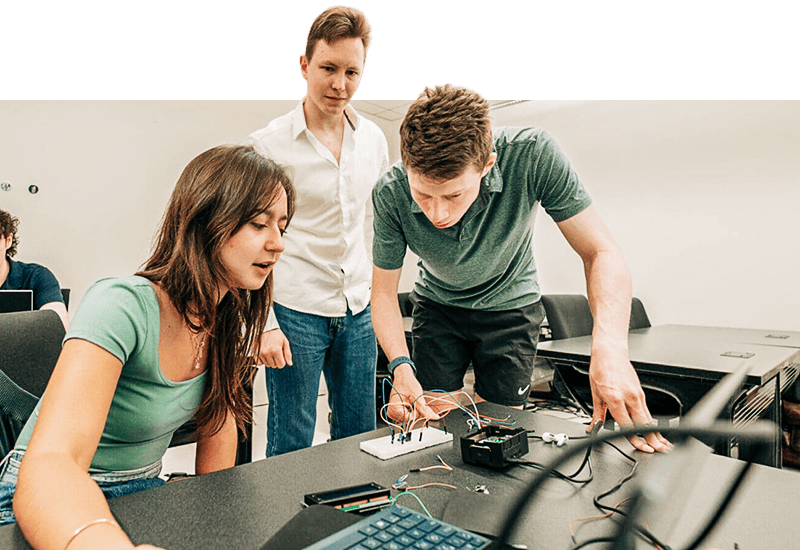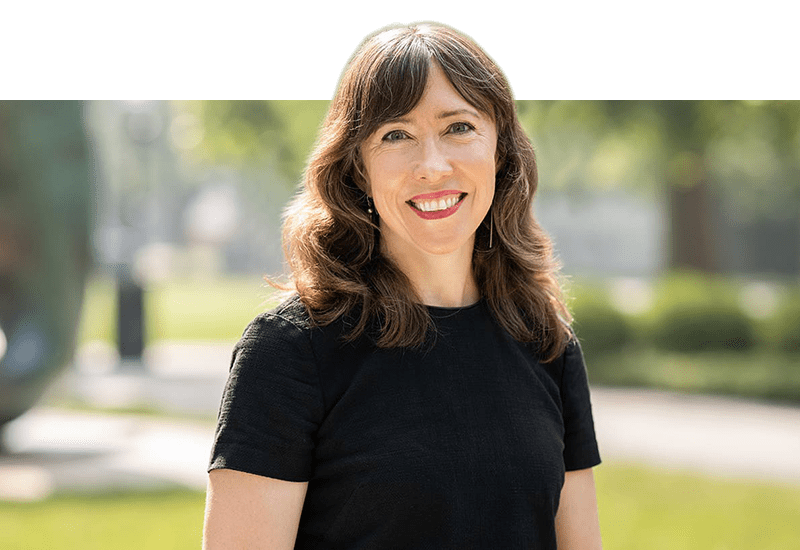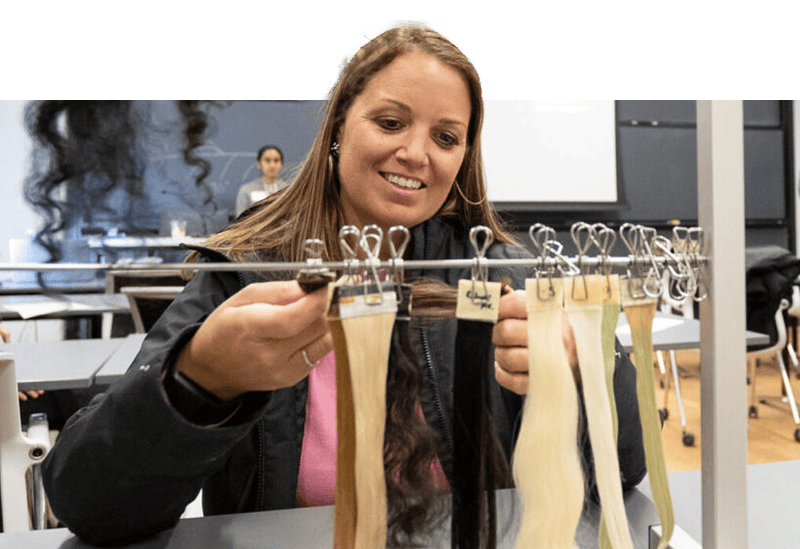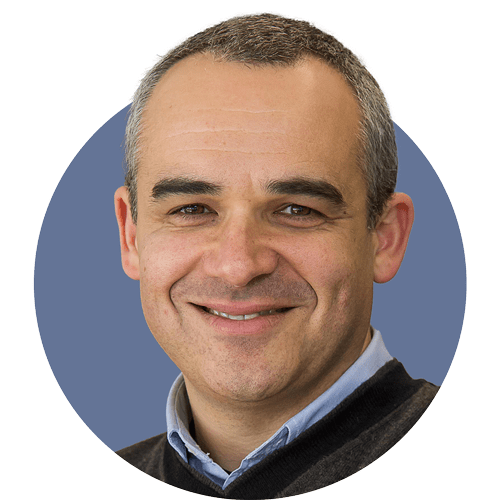At research crossroads, students explore beginning of life
By
on
Students in the laboratory of Stas Shvartsman *99 study the early development of embryos, learning how basic genetic instructions govern an organism’s growth and determine what it becomes. The experience also shapes their own growth as they follow Shvartsman’s lead in combining engineering, physics, math, biology and computer science to break new scientific ground.
“They are interested in, and willing to try, anything,” Shvartsman said. “They are like stem cells-capable of becoming so many different things using their skills and abilities.”

Shvartsman, an associate professor of chemical engineering and the Lewis-Sigler Institute for Integrative Genomics, weds theory and experimentation in his wide-ranging research activities. These include projects to explore the chemical circuits responsible for pattern formation in fruit fly embryos and the process by which flat layers of cells develop into three-dimensional structures. The results could have important implications not just for the understanding of life but also for engineering new treatments for disease.
“Since the research is so interdisciplinary and the quantitative understanding of development is so unexplored, it can use pretty much any area of quantitative expertise,” Shvartsman said.
Mathematics major Shiliang (Thomas) Chen, a junior, was inspired by the opportunity to use his skills in Shvartsman’s lab last summer. He went on to take a graduate-level course from electrical engineer Ron Weiss, an expert in the emerging field of synthetic biology, and now plans to go to graduate school in bioengineering.
Chemistry major Shoshana Leffler also plans to attend graduate school after working in Shvartsman’s lab, where she felt privileged to hear the dialogue between Shvartsman and his collaborators and to participate in research.
“It is fascinating to watch cells change shape and move in a fly egg under the microscope,” Leffler said. “I am seeing life form in front of my eyes. I am excited at the opportunity to apply my quantitative and analytical background to such a beautiful subject.”







